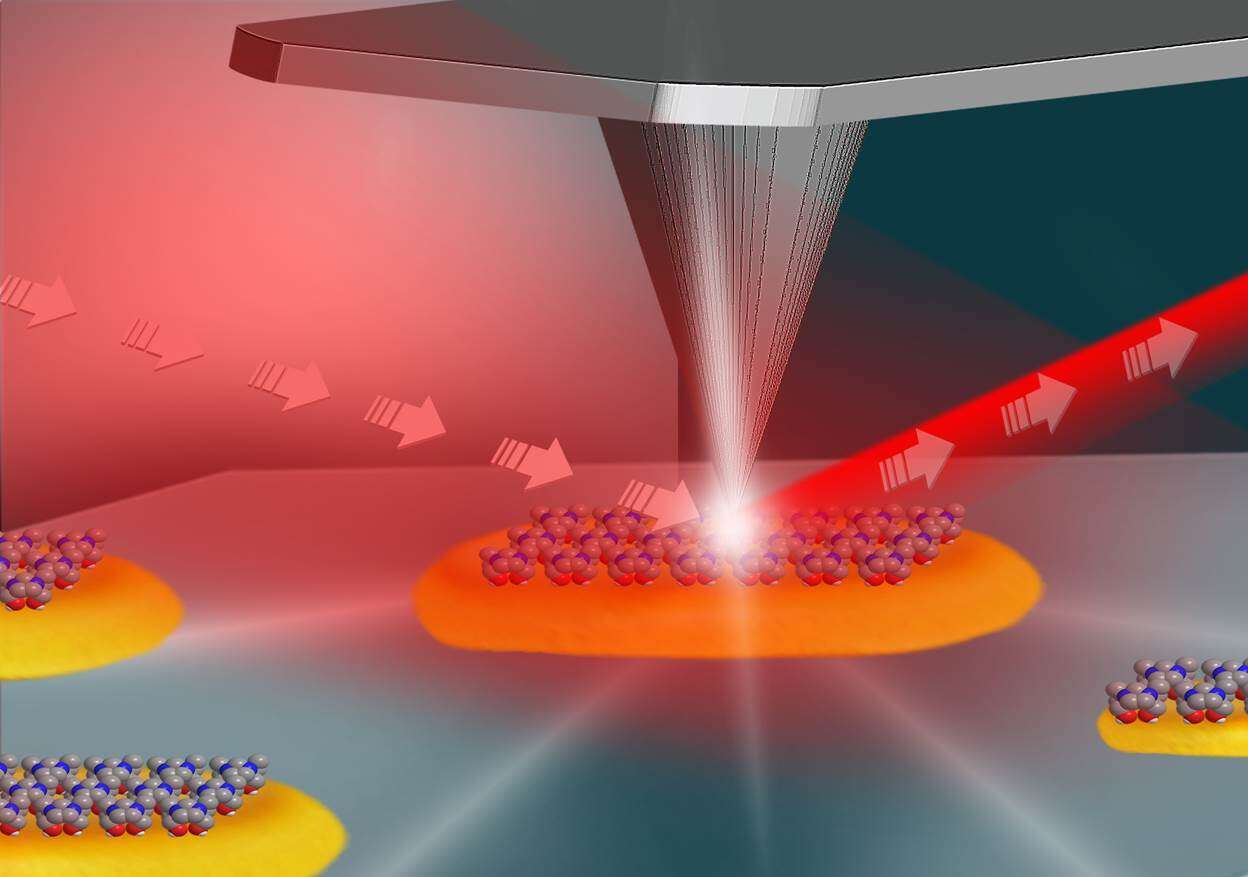
High Spatial Resolution Mapping of Catalytic Reactions on Single Particles
The critical role of low-coordinated metal atoms in surface reactions and heterogeneous catalysis has been firmly established. But despite the growing availability of tools enabling detailed in situ characterization, it has so far not been possible to directly document this role: surface properties can be mapped with high spatial resolution and catalytic conversion can be documented with a clear chemical signature, but combination of the two, enabling high spatial resolution detection of reaction on catalytic surfaces, was rarely achieved. Here we show that differently active regions within a given particle can be distinguished by mapping the chemical reactivity of N-Heterocyclic Carbene molecules (NHCs) attached to catalytic particles using synchrotron radiation-based infrared nanospectroscopy (SINS) with a spatial resolution of 25 nm. It is demonstrated that compared to flat regions on top of the particles, the particles’ periphery, containing low-coordinated metal atoms, is more active in catalyzing oxidation, as well as reduction, of chemically active groups in surface-anchored NHCs. These results indicate that high spatial resolution vibrational spectroscopy measurements can correlate between surface properties and reactivity of single catalytic nanoparticleas.


Powered by Eventact EMS